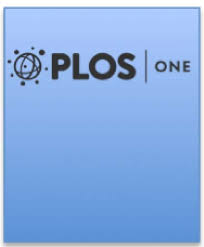PLoS One. 2025 Nov 7;20(11):e0336162. doi: 10.1371/journal.pone.0336162
Developmental plasticity of hermaphrodite sperm production across environments in Caenorhabditis elegans
Clotilde Gimond1, Nausicaa Poullet1,2, Anne Vielle1, Emilie Demoinet1, Christian Braendle1
Affiliations
1Université Côte d’Azur, CNRS, Inserm, iBV, Nice, France.
2URZ, INRAE, Petit-Bourg, Guadeloupe, France
Abstract
Many organisms show flexible resource allocation to adjust for optimal reproductive investment across different environments. How such reproductive plasticity occurs in hermaphroditic organisms-allocating resources to both oocytes and sperm-are central questions of sex allocation research. Self-fertilizing hermaphrodites of the androdioecious nematode Caenorhabditis elegans exhibit a sequential transition from spermatogenesis to oogenesis, so the extent of self-sperm production determines both fertilization onset and lifetime reproductive potential under selfing. Despite this key role, it remains largely unclear whether such sequential hermaphrodites flexibly adjust sperm production to optimize self-fertilization across different environments. Here we directly quantified plasticity in C. elegans hermaphrodite self-sperm production in diverse experimental environments. We found that: (a) Sperm production was developmentally plastic, but such changes did not consistently translate into changes in self-progeny number, suggesting C. elegans self-fecundity is likely often oocyte-limited rather than sperm-limited; (b) Contrary to expectations, plastically increased sperm production did not delay the onset of fertilization across various environments; (c) Subtle environmental challenges, such as mild dietary restriction, did not affect sperm production but had a significant impact on developmental time, age at reproductive maturity, and germline proliferation. This emphasizes the relative environmental insensitivity of sperm production compared to other reproductive traits in hermaphrodites. (d) Plasticity in sperm and germline traits varied by genetic background, with notable differences between the laboratory strain N2 and wild strains. These findings contribute to our understanding of reproductive plasticity in C. elegans and the developmental plasticity of sex allocation in sequential hermaphrodites.
DOI: 10.1371/journal.pone.0336162

